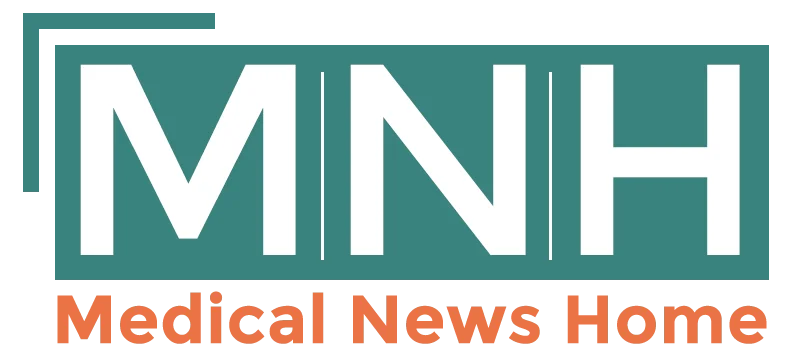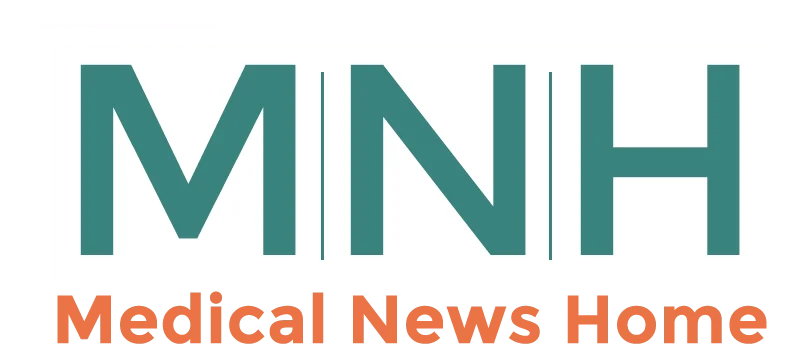How IoT Enables Wearable Health Care Technology
- Updated on: May 7, 2025
- Published on Aug 31, 2022

The Internet of Things (IoT) is gaining traction, particularly in the field of healthcare. There are numerous advantages to using IoT wearable devices in healthcare. They aid in the transition from reactive to predictive medicine, particularly for chronic conditions. Chronic patients are significantly more likely to visit emergency rooms and require long-term medical care because they are unable to manage their illnesses and adhere to their care plan. Doctors can monitor patients and provide more comprehensive care by integrating IoT wearable devices in cases like these. The ability to remotely monitor patients using IoT will allow for significant improvements in patient care and overall healthcare operations.
The American Society of Clinical Oncology (ASCO) recently conducted a study involving 357 patients with head and neck cancer. One group of these patients tracked their symptoms using a Bluetooth-powered blood pressure cuff and a mobile app; researchers observed fewer severe symptoms among these patients whose conditions were regularly monitored. These diagnostic devices can provide continuous monitoring and help to keep symptoms from getting worse.
The Internet of Things (IoT) is undeniably transforming the healthcare industry by redefining the space of devices and human interaction in delivering healthcare solutions. In healthcare, IoT applications benefit patients, families, physicians, hospitals, and insurance companies.
IoT in Healthcare – Wearable devices such as fitness bands and other wirelessly connected devices such as blood pressure and heart rate monitoring cuffs, glucometers, and so on provide patients with access to personalized care. These devices can be programmed to remind you of calorie counts, exercise checks, appointments, blood pressure variations, and a variety of other things.
IoT has transformed people’s lives, particularly those of elderly patients, by allowing continuous monitoring of health conditions. This has a significant impact on people who live alone and their families. When a person’s routine activities are disrupted or changed, the alert mechanism sends signals to family members and concerned health providers.
IoT for Physicians – By utilizing wearables and other home monitoring equipment embedded with IoT, physicians can more effectively monitor their patients’ health. They can monitor patients’ compliance with treatment plans as well as any need for immediate medical attention. IoT enables healthcare professionals to be more vigilant and proactive in their interactions with patients. Data collected from IoT devices can assist physicians in determining the best treatment process for patients and achieving the desired outcomes.
IoT for Hospitals – Aside from monitoring patients’ health, IoT devices are extremely useful in a variety of other areas in hospitals. Sensor-enabled IoT devices are used to track the real-time location of medical equipment such as wheelchairs, defibrillators, nebulizers, oxygen pumps, and other monitoring devices. The deployment of medical personnel at various locations can also be tracked in real time.
Infection spread is a major concern for hospital patients. IoT-enabled hygiene monitoring devices aid in the prevention of infection in patients. IoT devices also aid in asset management, such as pharmacy inventory control and environmental monitoring, such as checking refrigerator temperature and controlling humidity and temperature.
Internet of Things for Health Insurance Companies – With IoT-connected intelligent devices, health insurers have numerous opportunities. Insurance companies can use data collected by health monitoring devices for underwriting and claims operations. This information will help them detect fraudulent claims and identify prospects for underwriting. In the underwriting, pricing, claims handling, and risk assessment processes, IoT devices increase transparency between insurers and customers. Customers will have adequate visibility into the underlying thought behind every decision made and process outcomes as a result of IoT-captured data-driven decisions in all operational processes.
Insurers may provide customers with incentives for using and sharing health data generated by IoT devices. Customers can be rewarded for using IoT devices to track their routine activities and adherence to treatment plans and preventative health measures. This will significantly assist insurers in reducing claims. The data collected by IoT devices can also be used by insurance companies to validate claims.
Commonly Used IoT devices in Hospitals
Medical devices used in IoT applications in medical facilities are classified into three types:
Wearable Internet of Things Devices
The first category includes wearable devices, which monitor blood pressure, EMG temperatures, blood glucose, blood pressure, and oxygen levels. A wearable medical device can collect data on physiological and biochemical parameters, which is important in the case of chronic illness patients or those who need to track a specific physical activity.
IoT Implantable Devices
The second category includes implantable devices that can support certain vital organs while also monitoring vital signs. Implantable systems can replace missing biological structures, repair damaged biological structures, and enhance existing biological structures. Implantable infusion pumps, cardiac pacemaker implants, and neurostimulators, as well as glucose monitoring devices or smart pills, fall into this category. Patients with chronic diseases or the elderly frequently use implantable devices.
Medical Monitoring and Control Instruments
The third category includes electronic devices that monitor medical equipment conditions, machine learning, treatment plans, and other non-real-time health monitoring services. These connected medical devices could include asset trackers, humidity/temperature/occupancy monitoring sensors, or artificial intelligence-based analytic tools. This type of connected device enables clinics, hospitals, and other medical facilities to improve data security, reduce operational costs, process collected data more quickly, and improve regulatory compliance.
How Can Wearable Technology Help the Healthcare Industry?
Wearables collect large amounts of data that assist physicians in determining the relationship between health conditions so that they can be treated efficiently. The study and monitoring of fitness data by wearable trackers has aided in the treatment of heart disease. This system allows physicians to monitor patients’ daily intake, calories, and activity levels, and it can instantly store patient data on medical records and online databases. These devices can assist health organizations in remotely collaborating to simplify and improve healthcare processes.
Diagnosis Simplified
IoT-enabled smart healthcare can even aid in diagnosis. IoT healthcare solutions that enable patients to self-diagnose their own health conditions can help hospitals reduce the costs associated with their care. Based on patient data, IoT in healthcare can provide the right insight to make more justified decisions about a specific treatment. It can also lower healthcare costs for additional visits to healthcare providers as well as costs for on-site healthcare services. Healthcare will be more efficient and responsive with the ability to diagnose patients remotely.
Improved Access to Patient Health
Intelligent healthcare IoT devices can assist doctors and surgeons in improving their performance by remotely collecting and analyzing health data. IoT devices can provide real-time insights into various symptoms when connected to the cloud. Furthermore, the technology can enable remote care. When a patient’s health is threatened, IoT-enabled hygiene devices, for example, can be activated. IoT technology in healthcare can reduce errors and increase patients’ confidence in the quality of their care by providing accurate and timely information to healthcare professionals.
Improved Medical Compliance in Patients
Chronic patients can better adhere to healthcare providers’ prescriptions with remote patient monitoring devices and healthcare IoT applications. By ensuring that medication is taken on a regular basis, healthcare providers can more objectively and effectively control the changes in their patients’ conditions in terms of treatment. Wearable technology can assist patients in a variety of ways, including providing regular medication notifications. Furthermore, wearables can continuously track vital patient data, and based on that data, a smart device can send reminders for pills based on glucose levels or the application of necessary inhalations.
Healthcare Providers Respond More Quickly
The main impact of IoT in healthcare is process facilitation. Doctors can use IoT technology to monitor patients’ health in real time. IoT wearable devices may send messages to other IoT devices for further analysis or data storage in some cases. For example, if a person becomes ill, they can quickly contact a healthcare provider by pressing a button, which activates contact trackers and alerts other patients and medical staff in the building. This information will benefit the health industry because it will help reduce the number of cases of internal epidemics in healthcare institutions as well as the risk to patients.
Furthermore, if a patient is undergoing surgery, IoT devices will be useful in tracking their condition and sending reminders to administer oxygen or other medications. These wearable IoT devices can detect even minor deviations from the norm and provide all the information needed to take immediate action if necessary.
Doctors can now monitor a patient’s heart rate, glucometer readings, calorie count, and other vital signs using IoT wearable devices. This data can assist doctors in better managing their patients’ health and safety. It can also assist doctors in monitoring medication adherence to treatment plans. Healthcare is becoming more efficient, user-friendly, and advanced as a result of IoT solutions.


